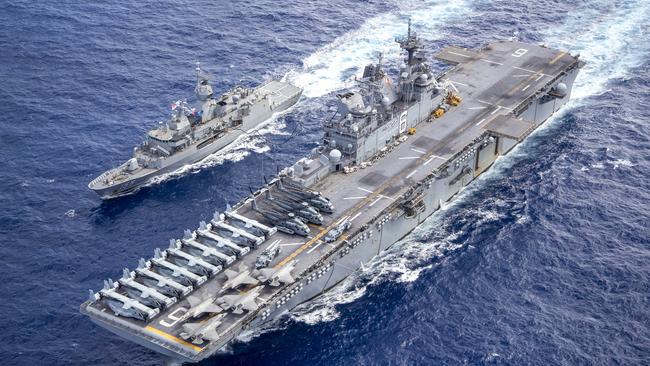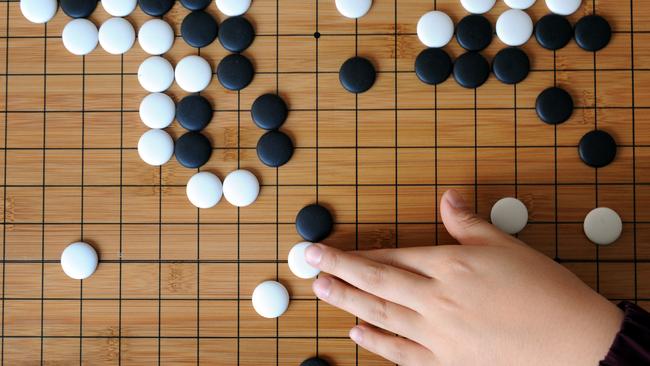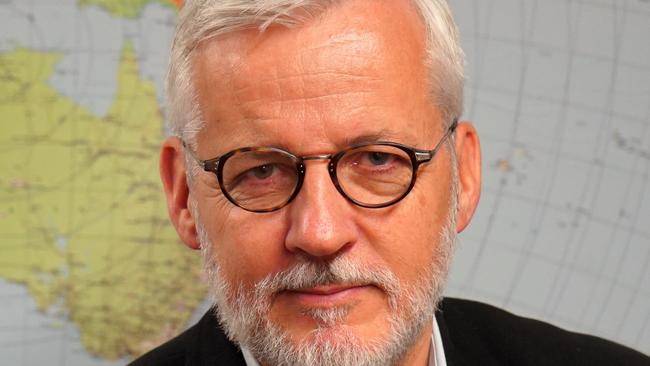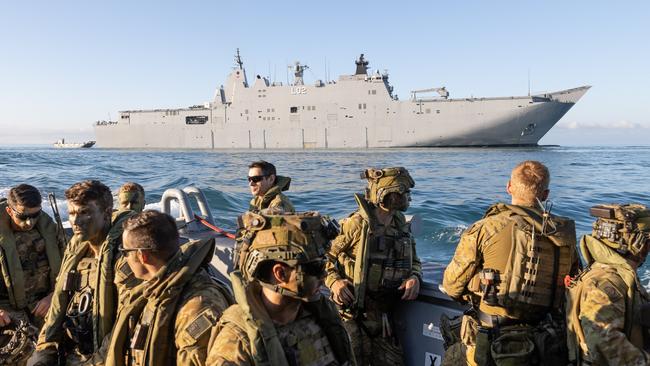China’s miitary strategy in the Pacific and how Australia can avoid being beaten
China is playing a 2500-year-old strategy board game to win over the region and Australia needs more than just submarines and missiles to play, one of our top security analysts has warned.
National
Don't miss out on the headlines from National. Followed categories will be added to My News.
China is playing a 2500-year-old strategy board game to win over the region and Australia needs more than just submarines and missiles to play, one of our top security analysts has warned.
Australian National University professor of international security and intelligence and defence studies Professor John Blaxland said Australia’s secret weapon was in greater regional engagement as much as new military hardware.

His comments come on the eve of the public release of the Defence Strategic Review, labelled by Prime Minister Anthony Albanese as the most important document for 35 years to spell out threats and what we need to combat them.
It also comes ahead of moves by the ADF to boost the use of Pacific nations as a “force multiplier” to its own ranks, training regional militaries with the same weapons, tactics and discipline.

Prof Blaxland said new acquisitions including nuclear-powered submarines, drones and missiles were important but more needed to be done on engagement with regional allies.
He described the situation like the ancient 2500-year-old Chinese board game Go, the oldest board game in the world, with how China was playing us.
“The idea is you don’t wipe pieces off the board, you win them over and so when you think about unrestricted competition that we face for influence, for favours for positioning and potentially for conflict, but hopefully not. It means we can’t just be thinking about military power, we have got to be thinking about other dimensions of national power.

“We are in a very serious competition for influence … we have to think more broadly.”
He said at all government, foreign affairs and trade and military levels, Australia needed to think about engaging more with Indonesia, Timor, Papua New Guinea, the Pacific and the ASEAN countries. This would be through economic partnerships and greater investment in the New Colombo Plan of scholarships and learning.
“These regional relationships are fundamentally important to our security and to our prosperity and stability and these relationships are under cooked,” he said. “There is still remarkable residual goodwill but you can’t take it for granted, you can’t think technology is the key to everything.”

He added hardware was important because the Chinese were building their arsenal considerably but it could not be the only dimension to the competition.
Meanwhile this July Australia will host one of the biggest military exercises it has ever run from multiple bases in which Pacific nations will drill alongside the ADF.
The biennial Talisman Sabre exercise will involve almost 20,000 personnel largely from the ADF and US forces but also India, the Papua New Guinea Defence Force, the Republic of Fiji Military Forces and His Majesty’s Armed Forces of Tonga.
Defence has announced critical to Talisman Sabre 2023 was to further enhance the interoperability of the ADF with allies specifically from the Pacific, in combined task force operations. In the event of conflict, regional allies could act as force multipliers to core ADF operations with the same weapons use, tactics and thinking.
More Coverage
Originally published as China’s miitary strategy in the Pacific and how Australia can avoid being beaten




